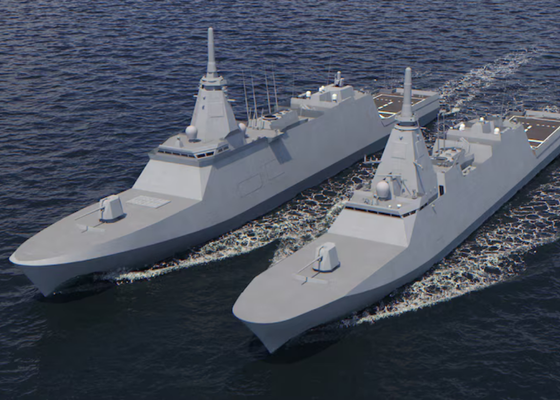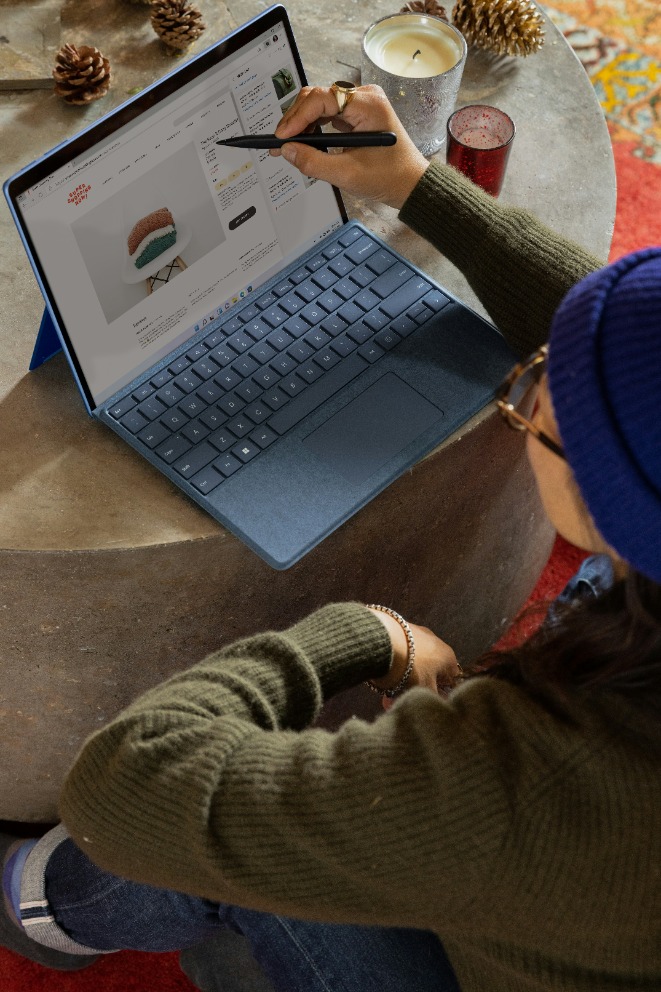Warship pact strengthens Australia-Japan strategic bond
Australia’s purchase of a new generation of frigates from Japan cements a key security relationship in the Indo-Pacific, writes Purnendra Jain. It also provides Japan an opportunity to demonstrate the quality and competitiveness of its military hardware as it seeks to become a major armaments exporter.
11 August 2025

Australia and Japan have turned a new page in their already strong and solid defence and security ties, with Australia selecting Japan over international competitors to supply 11 general-purpose frigates for the Royal Australian Navy, in a deal worth approximately $10 billion. These upgraded Mogami-class frigates will gradually replace Australia’s ageing Anzac-class frigates, two of which have already been decommissioned.
This is a historic arms deal. It marks the first time Australia will acquire a highly advanced and sophisticated combat weapon from Japan — a country that, during World War II, was on the opposing side. Prevailing postwar suspicion and hostility toward Japan in Australia gradually gave way to goodwill and partnership from the late 1950s, with commerce and trade initially shaping their bilateral relationship, followed by politico-strategic and security partnerships.
For Japan, this agreement represents a major milestone in its defence and security history. Guided by its postwar pacifist constitution, Japan had long imposed self-restrictions on arms exports. While keeping the constitutional peace clause intact, Tokyo began easing those restrictions in the mid-2010s in view of the regional security environment, especially challenges from China and North Korea, and has since positioned itself to gradually arm itself and enter the global arms market.
The new arrangement with Australia further strengthens the Australia–Japan security and strategic partnership, which has significantly evolved over the past two decades.
Japan had earlier attempted to break into the defence export market with limited success. A proposed deal to sell amphibious aircraft to India a decade ago failed to materialise. Similarly, long negotiations with Indonesia for the Mogami-class stealth frigates have yet to reach a conclusion.
A decade ago, Japan also entered the race to supply submarines to Australia but lost out to a French supplier. The French deal later collapsed, leading Australia to form the AUKUS partnership with the UK and US instead, prioritising nuclear-powered submarines and strengthening its relations with ‘great and powerful’ friends.
While Japan has long used its Official Development Assistance (ODA) budget to supply coast guards in the Indo-Pacific nations with non-combat, military-type equipment—primarily for rescue and surveillance—it more recently launched an Official Security Assistance (OSA) scheme. Through the OSA, Japan has provided light military hardware to select Southeast and South Asian countries, typically via low-interest loans or grants. While the stated aim is to enhance these nations' defence capacities, the underlying expectation is that recipients will eventually consider commercial arms deals with Japan.
Winning the Australian contract is a major boost for Japan’s defence manufacturers—particularly Mitsubishi Heavy Industries—and a breakthrough for the Ministry of Defence, especially its Acquisition, Technology and Logistics Agency (ATLA), which has long sought a major export success. Japan’s persistence, even after previous setbacks in Australia, has paid off. Government, business, and diplomatic efforts aligned effectively to convince Australian policymakers this time around.
Australia’s decision followed rigorous scrutiny of all bids, including assessments of technology and cost. Reports suggest that Japan significantly improved its offering, ultimately persuading Australia that Mitsubishi’s Mogami-class was the best choice.
One longstanding concern in the global arms market is that Japanese weapon systems lack combat testing, making potential buyers hesitant. To counter this perception, Japan deployed one of its Mogami-class frigates for port visits to Darwin and Fremantle and recently conducted joint exercises with the Royal Australian Navy. This allowed Australian personnel to witness the ship's capabilities firsthand.
This deal not only enhances Australia’s naval firepower—providing better range and combat capabilities—but also marks a new high in Australia-Japan defence cooperation. One former US naval commander described the Mogami frigate as “an extremely capable and modern warship of unmatched construction quality.” Furthermore, this collaboration is expected to bring Australia, Japan, and the United States even closer militarily, given that both Japan and Australia maintain strong bilateral defence ties with the US. This landmark agreement has rightly been hailed as a “win-win” deal for all three partners.
Japan and Australia are often described as the northern and southern anchors of the Indo-Pacific security architecture within the US-led alliance network. Alongside the US, they form a core strategic triangle through the Trilateral Security Dialogue (TSD), established over two decades ago and increasingly seen as the backbone of collective deterrence in the region.
Still, some Australian analysts have raised potential concerns. Japan’s lack of experience with large-scale arms exports and Australia's reputation as a demanding customer could complicate implementation. There’s also the risk of straining the otherwise robust Australia–Japan relationship if the project runs into delays or quality issues arise. Others question whether the frigates will sufficiently secure Australia’s maritime trade routes or be effective against modern threats, such as sea-skimming anti-ship missiles.
Indeed, the devil lies in the details. The final cost and delivery schedule have yet to be announced and will crystalise in due course. Preliminary reports indicate the first three vessels will be made in Japan and that the first warship is expected to be delivered in 2029 and become operational by 2030, with the third vessel entering service by 2034. The rest will be made in Australia in collaboration with Japan. How smoothly the transition from Japanese to Australian facilities will proceed remains a major question, given Australia’s limited infrastructure for producing such defence products and for managing collaborative projects with Japan.
Once the agreements are finalised and signed, Japan is likely to exert maximum effort to meet deadlines, provide the promised technology and control costs. After all, the success of this deal could serve as a model for future Japanese arms exports. Tokyo sees this as a critical opportunity to demonstrate its quality, and competitiveness to other potential buyers in the region and beyond.
Purnendra Jain FAHA FAIIA is emeritus professor in Asian Studies at the University of Adelaide and is a recipient of Japan’s Order of the Rising Sun, Gold Rays with Neck Ribbon.
Image: An illustration showing the upgraded Mogami warship (left) next to the current model. (Supplied: Japanese Self Defence Force)
How can we help? Get in touch to discuss how we can help you engage with Asia
